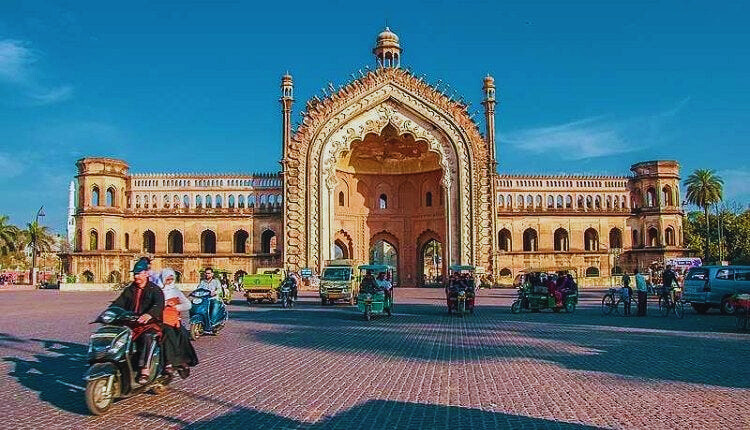
Every Indian city has a history that includes colonization, the war for independence, connections to a leader or divinity, or just geography! These Indian cities and their perfect second names have been common and based on their traits and products.
Pink City, Jaipur
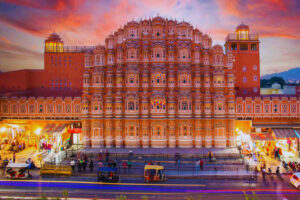
Every historically significant structure in this stunning city of Rajasthan is painted terracotta pink, the queen’s favorite color and a testament to Maharaja Sawai Ram Singh’s hospitality in welcoming Prince Albert II in 1876. Maharaja even built a courtroom bearing the prince’s name as a tribute to him. Jaipur now has regulations dictating that all government buildings must be painted pink!
Blue City, Jodhpur
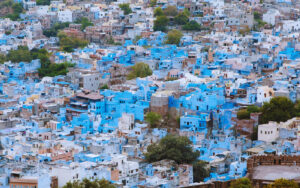
Every home in Jodhpur, Rajasthan’s oldest neighborhood, is painted blue. You’ll notice a blue rainbow as you stroll. They think that the color blue keeps the city cozy and mosquitoes at bay. Due to the sun’s constant brightness throughout the year, regardless of the season, it is also known as “sun city.”
City of Lakes, Udaipur
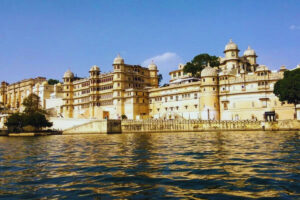
In the past, Udaipur, in Rajasthan, was referred to as Mewar. It has a number of well-known lakes and a city that is sought after for photography and filming. Udaipur’s waterways include Lake Pichola, Fateh Sagar, Badi, Dhebar, Sagar Swaroop Lake, and Doodh Talai.
Manchester of India, Ahmedabad
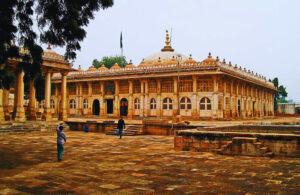
Ahmedabad, the industrial revolution’s birthplace, is located on the banks of the Sabarmati River. Pharmaceutical companies, including Torrent and Zydus Cadila, the Adani Group, Nirma detergents, and other IT companies, are based there. In addition to contributing significantly to our GDP, Ahmedabad’s 600-year history and architecture made it the country’s first-ever UNESCO World Heritage City.
Diamond City of India, Surat
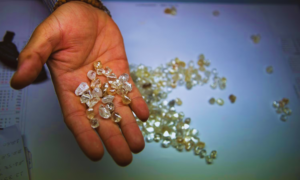
Ninety percent of the diamonds cut and polished worldwide are handled by Surat, which also employs people in the textile and diamond industries. As a result, Gujarat’s Clean City is referred to as India’s Diamond City.
The City of Nawabs. Lucknow
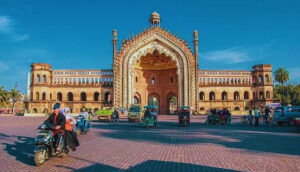
The Nawabs ruled over “Awadh” (as it was then called) in the eighteenth century. Lucknow’s heyday is not merely a chapter in history; it is embodied in their “Tehzeeb” and way of life. The Nawabs of Lucknow left us with a lot of kebabs along with music, literature, poetry, drama, and gastronomy.
Land of Lychees, Muzaffarpur
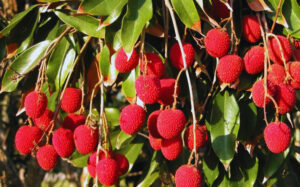
Lychees are renowned for having the greatest flavor in this warm, temperate city in Bihar. Muzaffarpur produces this vitamin-rich fruit, which it exports to the rest of the world and shares with other parts of India due to the favourable environment.
Leather City of the World – Kanpur
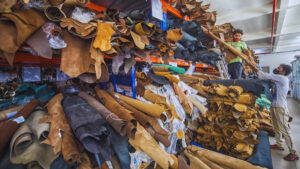
India’s biggest producer and exporter of leather is Kanpur. It has cheap labor and generates significant cash for our economy. When looking for authentic leather shoes and luggage, the city is a must-see.
City of 7 Islands, Mumbai
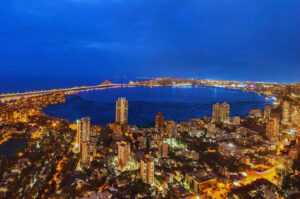
When it comes to having the biggest GDP of USD 368 billion, Mumbai and Delhi are nearly equal. It is known as the Financial capital as a result. The Mumbai port, often known as the Gateway of India, has been hospitable ever since King George V and Queen Mary visited. It is a major point of entry from the West. Mumbai got its name from the amalgamation of seven islands: the Isle of Bombay, Colaba, Old Woman’s Island, Mahim, Mazagaon, Parel, and Worli. This is a lesser-known truth.
The work of giving Indian towns “perfect” nicknames can be subjective because it depends on a number of variables, including language subtleties, historical significance, physical location, and cultural value. These recommendations are grounded in cultural settings and shared associations.
©Famous India Blog. All rights reserved.
Creativity By Needinfotech